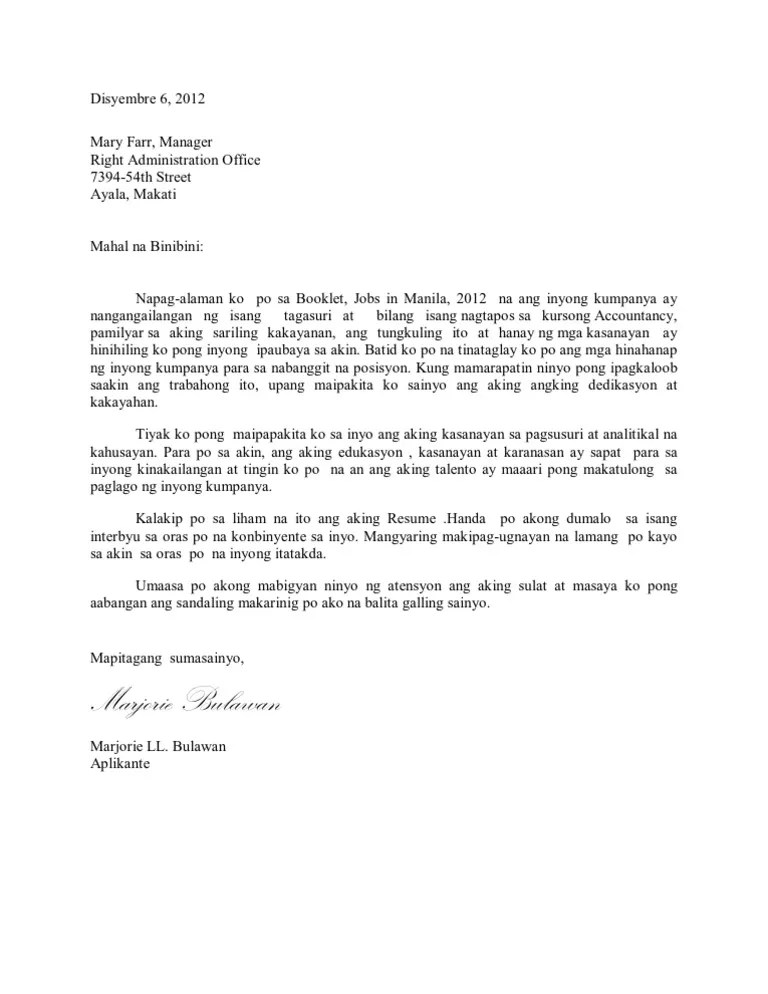Ever wondered how to write Tagalog? Intrigued by the beautiful curves of the ancient Baybayin script or the practicality of the modern Filipino alphabet? This guide is your key to understanding Tagalog letters, from their historical roots to modern usage, complete with practical examples.
Let's embark on a journey of linguistic discovery, exploring the fascinating world of Tagalog orthography. Whether you're a language enthusiast, a traveler planning a trip to the Philippines, or simply curious about different writing systems, this comprehensive guide will provide valuable insights into the intricacies of Tagalog letter forms.
Tagalog, the basis of the Filipino language, uses a modified Latin alphabet. Before the Spanish colonial era, Tagalog was primarily written using Baybayin, a script with unique characters representing syllables. While Baybayin is experiencing a resurgence in popularity, the modern Filipino alphabet, with its 28 letters, is the standard for written communication in the Philippines today.
Understanding the Tagalog alphabet is crucial for anyone wanting to learn the language. It's the foundation upon which vocabulary, grammar, and pronunciation are built. From simple greetings like "Kumusta" (How are you?) to more complex sentences, a grasp of Tagalog letters is essential for effective communication.
This exploration of Tagalog letters goes beyond just reciting the alphabet. We'll delve into the pronunciation of each letter, examine how they combine to form syllables and words, and provide you with numerous Tagalog letter examples in English to solidify your understanding.
The history of Tagalog letters is a fascinating blend of indigenous scripts and colonial influences. The pre-colonial Baybayin script, with its distinctive symbols, reflects the rich cultural heritage of the Philippines. The adoption of the Latin alphabet during the Spanish colonial period marked a significant shift, shaping the way Tagalog is written today. However, the resurgence of interest in Baybayin showcases a renewed appreciation for the historical roots of Tagalog script.
The Filipino alphabet consists of 28 letters: A, B, C, D, E, F, G, H, I, J, K, L, M, N, Ñ, NG, O, P, Q, R, S, T, U, V, W, X, Y, Z. The “NG” is considered a single letter and represents a distinct sound.
Example: "Ako" (I/me), "Bahay" (house), "Cainta" (a place in the Philippines), "Dalawa" (two). These examples illustrate how Tagalog letters combine to form words.
Benefits of understanding Tagalog letters: 1. Enables reading and writing in Tagalog. 2. Opens doors to understanding Filipino culture. 3. Facilitates communication with Tagalog speakers.
Advantages and Disadvantages of Learning the Tagalog Alphabet
| Advantages | Disadvantages |
|---|---|
| Improved communication | Initial learning curve |
| Enhanced cultural understanding | Limited resources compared to other languages |
Five Best Practices for Learning Tagalog Letters: 1. Start with the basics: Learn the alphabet and pronunciation. 2. Practice regularly: Write and speak Tagalog words. 3. Use flashcards: A visual aid for memorization. 4. Immerse yourself: Listen to Tagalog music and watch Filipino movies. 5. Find a language partner: Practice conversational Tagalog.
FAQ: 1. What is the difference between Tagalog and Filipino? (Filipino is based on Tagalog). 2. How many letters are in the Filipino alphabet? (28) 3. Is Baybayin still used? (Experiencing a revival, but the modern alphabet is the standard). 4. What is the "NG" sound? (A unique sound similar to the "ng" in "sing"). 5. How do I pronounce Tagalog vowels? (Generally, as in Spanish). 6. Are there any good resources for learning Tagalog? (Yes, online resources and books are available). 7. Is Tagalog difficult to learn? (Like any language, it requires effort and practice). 8. How can I practice my Tagalog writing? (Write simple sentences, journal in Tagalog, or find a language partner).
Tips and Tricks: Focus on pronunciation. Practice reading aloud. Use online dictionaries. Watch Tagalog films with subtitles.
In conclusion, learning Tagalog letters is the gateway to unlocking the richness of the Filipino language and culture. From the historical significance of Baybayin to the practical application of the modern Filipino alphabet, understanding Tagalog orthography empowers you to connect with a vibrant community and explore a new world of communication. Whether you're driven by a passion for languages, a desire to connect with Filipino heritage, or simply a curiosity about different writing systems, mastering Tagalog letters is a rewarding endeavor. Take the first step today – start learning the alphabet, practice pronunciation, and immerse yourself in the beauty of the Tagalog language. Embrace the challenge, and you'll discover a world of linguistic and cultural enrichment. The ability to communicate effectively, read Tagalog literature, and appreciate the nuances of Filipino culture are just some of the rewards that await you on this enriching journey. So, what are you waiting for? Start learning today!
Sparkling seats the ultimate guide to cleaning vinyl boat seats
Decoding the magic the allure of vintage mickey mouse figures
Bmw m4 full black unleash the dark knight
Letter Of Intent Sample For Scholarship Tagalog - Khao Tick On
Resignation Letter Tagalog Example Of Simile - Khao Tick On
Sulat Ng Awtorisasyon Upang Magkamit Ng Pera Gratis - Khao Tick On
Example Of Resume Letter Tagalog - Khao Tick On
Sample Application Letter Sa Tagalog - Khao Tick On
Resignation Letter Tagalog With Samples for 2023 - Khao Tick On
Letter Of Request Sample Tagalog Prayer - Khao Tick On
Authorization Letter Tagalog Complete with ease - Khao Tick On
Character Reference In Tagalog Example - Khao Tick On
LOOK Suspended Ateneo forward John Apacible writes letter of apology - Khao Tick On
Authorization Letter Sample Tagalog - Khao Tick On
libreng Debt Repayment Demand Letter Tagalog - Khao Tick On
Beautiful Work Application Letter Tagalog Example Medical Student Cv - Khao Tick On
Filipino Request Letter Sample Tagalog - Khao Tick On
Halimbawa Ng Incident Report Letter Tagalog Maikling Kwentong Images - Khao Tick On













